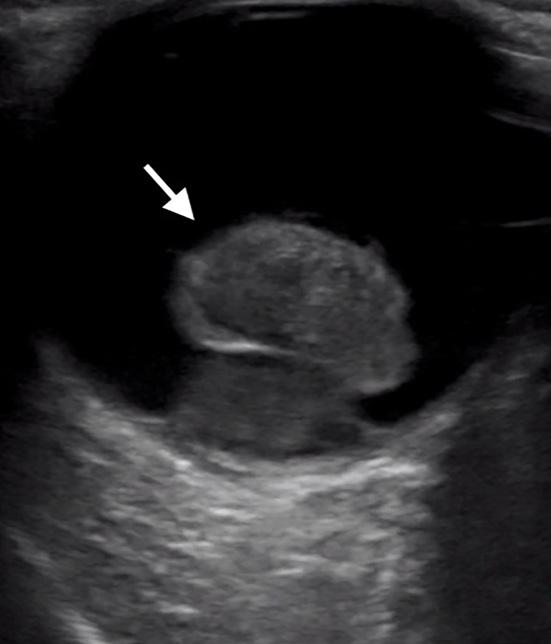Case Report
Euglycemic Diabetic Ketoacidosis in Type 1 Diabetes on Insulin Pump, with Acute Appendicitis: A Case Report Brian D. Thompson, DO Anthony Kitchen, MD
University of Massachusetts Medical School - Baystate Health, Department of Emergency Medicine, Springfield, Massachusetts
Section Editor: Rick A. McPheeters, DO Submission history: Submitted June 29, 2020; Revision received December 28, 2020; Accepted January 11, 2021 Electronically published June 29, 2021 Full text available through open access at http://escholarship.org/uc/uciem_cpcem DOI: 10.5811/cpcem.2021.1.48905
Introduction: Recently, euglycemic diabetic ketoacidosis has been an increasing topic of discussion within emergency medicine literature. Euglycemic diabetic ketoacidosis can easily be missed, as a normal point-of-care glucose often mistakenly precludes the work-up of diabetic ketoacidosis. Case Report: A 16-year-old female with a past medical history of type 1 diabetes presented to the emergency department with altered mental status, vomiting, and abdominal pain. She was diagnosed with euglycemic diabetic ketoacidosis. Conclusion: Reported cases of euglycemic diabetic ketoacidosis are most frequently attributed to sodium glucose cotransporter-2 inhibitors, but other potential causes have been discussed in the literature. In this patient, a starvation state with continued insulin use in the setting of acute appendicitis led to her condition. [Clin Pract Cases Emerg Med. 2021;5(3):296–298.] Keywords: Euglycemic diabetic ketoacidosis; emergency medicine.
INTRODUCTION Euglycemic diabetic ketoacidosis (eDKA) is a clinical syndrome that can occur in patients with type 1 or type 2 diabetes. It is characterized by euglycemia, defined as blood glucose less than 250 milligrams per deciliter (mg/dL), in the presence of severe metabolic acidosis, defined as arterial pH less than 7.3 and serum bicarbonate less than 18 milliequivalents per liter (mEq/L) with ketonemia.1 This condition was first described in 1973. Recent case reports suggest an increase in presentations due to increased use of sodium glucose cotransporter-2 (SGLT2) inhibitors.2-11 Sodium glucose cotransporter-2 inhibitors work by blocking glucose reabsorption of filtered glucose in the proximal tubule and subsequently lowering serum glucose. The initial laboratory values of a patient presenting with eDKA may mislead clinicians, as over-reliance on point-of-care glucose testing, and the finding of a normal blood glucose, may cause clinicians to prematurely contract their list of differential diagnoses in an undifferentiated patient with altered mental status. Initial glucose of less than 250 mg/dL (reference range 80-140 mg/dL) may delay the diagnosis of eDKA or lead the clinician down a differential of elevated gap metabolic acidosis without
Clinical Practice and Cases in Emergency Medicine
considering DKA as the primary metabolic derangement. This may prompt unnecessary testing and treatments that could delay diagnosis and definitive treatment. Cases of eDKA reported in the literature are most often attributed to SGLT2 inhibitors, but occasional cases have been reported involving starvation states, pregnancy, cocaine abuse, prolonged vomiting, diarrhea, and insulin use.3 Emergency physicians should not only be aware of this diagnosis but also potential causes other than SGLT2 inhibitors, as delays in the diagnosis of DKA can cause substantial morbidity and mortality. CASE REPORT The patient was a 16-year-old female with a past medical history of type 1 diabetes on insulin pump therapy, previous episodes of DKA, and autoimmune hypothyroidism. She presented to the emergency department with altered mental status, severe abdominal pain, and multiple episodes of vomiting. According to her mother, all her symptoms started within the prior 24 hours. The patient was observed to be awake but disoriented with generalized abdominal tenderness to palpation. The insulin pump was taken off by the family
296
Volume V, no. 3: August 2021



















